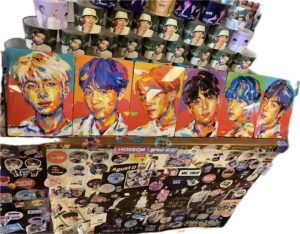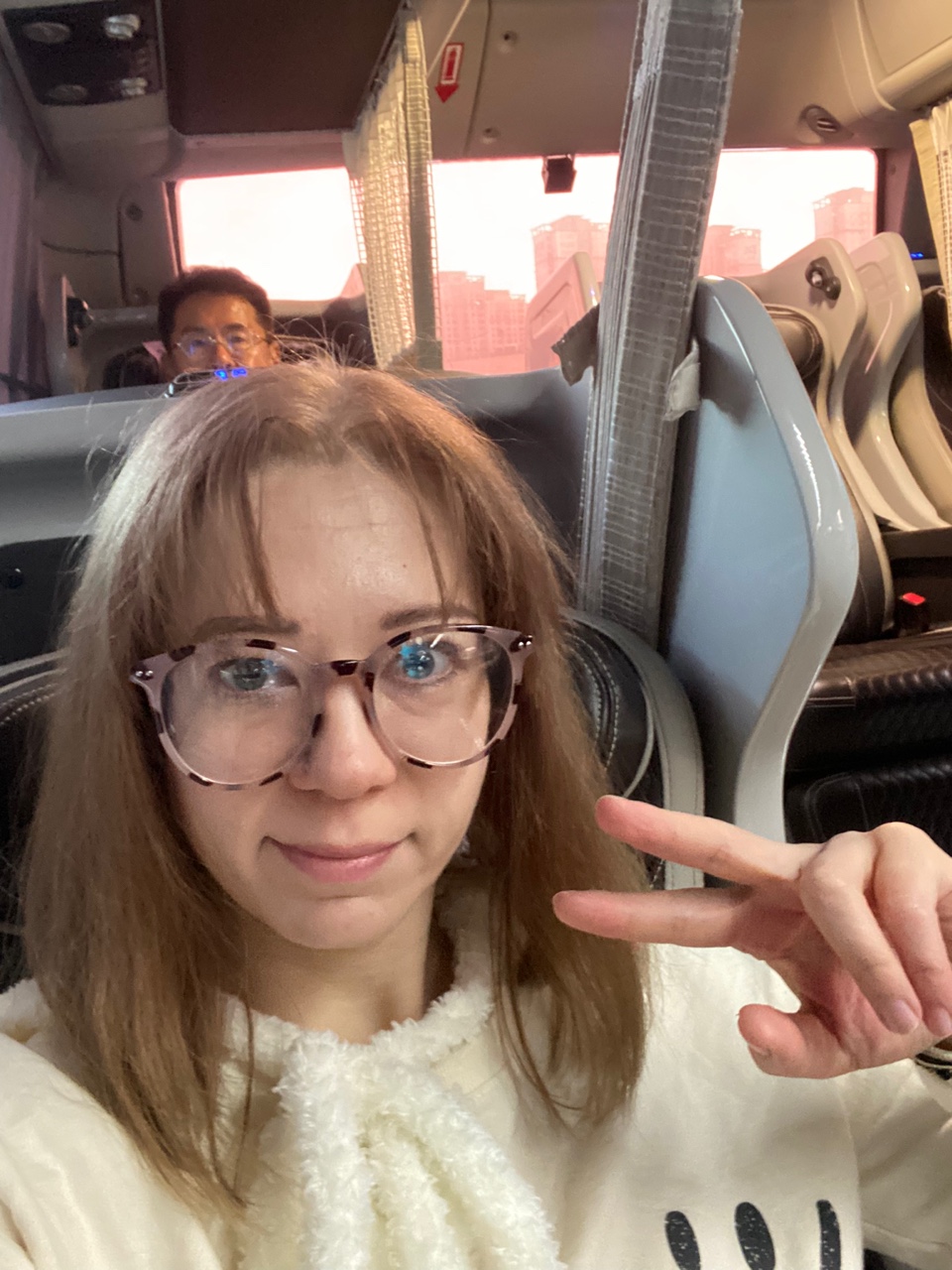
In my previous blog, I packed my life into a suitcase and ventured to Seoul for an extended period. (read here).
So today, I decided to delve deeper into some of the technicalities and the question: Yeah, this is great and all, but… how much is it?
Everyone has different expectations, standards and their unique to-do list. Inarguably, I will try to be as objective as a hormonal woman without chocolate on a rainy day can be.
I was no expert on the city when I arrived. My only previous experience was a one-week holiday to Seoul a year prior. Naturally, I would not repeat a few decisions as I could have avoided the extra costs.
(PS: if you are anything like me – there is no need to bring any socks on your trip, no matter how long the stay or how cold the weather. I love funky foot coverings and those are available everywhere. Do not ask me to count my new collection).
Before I start, I have a shocking confession to make. Something probably most people find rather peculiar: I’m not a fan of credit cards. I don’t have one, I don’t need one, I don’t want one. Been there, done that, it’s not for me. I prefer to pay everything upfront rather than dealing with credit card bills afterwards. That also meant I had to plan in detail without underestimating my incidentals.
My debit card was accepted everywhere without any problems. I have a card that allows me to convert my savings to whatever currency I need. Therefore, I didn’t have to worry about exchange rates once. I highly recommend looking into this to anyone bitten by the travelling bug.
1. Accommodation
There is no trip without having a place to stay. I had not used Airbnb previously, but after searching the World Wide Web, it proved to be the obvious choice. It is easy to filter homes by location, requirements, prices, and preferences.
Having lived in London, I was already well-acquainted with shoe-box-sized living and didn’t come with high expectations. I was happy with a bed, an en-suite, a simple kitchen and easy access to a washing machine on the teensiest square meters possible. I didn’t know the city well and wanted to be in a central location. Someplace I knew from my previous holiday with good transportation links. My total accommodation cost came to 1,350 GPB ( 2,300,000 KRW / 1,715 USD).
There is no limit to how much renting cost may increase, depending on any further conveniences added. One thing to note: Airbnb often reduces the cost of long-term stays. In my case, a two-month and a three-month stay only had a 180 GBP difference (305,000 KRW / 228 USD).
Would I choose Myeongdong again? Now that I know the city better, I will likely explore another location next.
2. Transportation
A single trip with the Subway is 1400 KRW (0.80 GBP / 1.05 USD), which works out at 80,000 KRW per month for travelling costs. Destinations that are only two or three stops away are usually walkable. And with my central-based accommodation, this included half the items on my sightseeing list.
Seoul is ideal for walks, as every corner offers something new and exciting to explore. Plenty of coffee shops on the way keep the engine fueled with a beverage of choice.
Now, this leads to the most crucial expense on the list:
3. Food and drink
Part one: Coffee
I’m a coffee addict and need two cups in the morning to de-zombify. As a writer, I spent significant parts of my day in a cafe to type my life away. Whether you love the brown beverage or not, from Instagrammable backdrops to delicious cakes and an array of drinks, it is almost impossible to miss out on the cafe culture.
The price for a standard coffee latte is around 6,000 KRW per cup. (3.50 GBP / 4.50 USD). That varies, depending on the size of the drink and how much ‘birthday cake’ (cream, syrup, sugar, sprinkles, etc) is added.
On average, I spent about 10,000-15,000 KRW (6.00 – 9.00 GBP / 7.50 – 11.25 USD).
Part two: Eating out
Naturally, the cost of eating out varies, depending on the restaurant of choice. On average, I paid around 8,000-13,000 KRW (4.70 – 7.65 GBP / 6.00 – 9.75 USD) per meal. My most expensive dinner was 32,000 KRW (18.85 GBP / 24.00 USD) in a Michelin Star restaurant in a touristy neighbourhood, and the cheapest was a 3,500 (2.00 GBP / 2.60 USD) Gimbap for lunch).
As I stayed for several months, I spent the occasional day at home with a simple ready-made meal, which was more cost-effective than cooking for myself. These meals are available at almost every convenience store. A full meal with rice, meat, and vegetables costs around 5000 KRW (2.95 GBP / 3.75 USD). If the budget is tight (or Ramyeon is a guilty pleasure), this can be enjoyed for as little as 1,000 KRW (0.60 GBP / 0.75 USD). I had budgeted 600 GBP (1,020,000 KRW / 765 USD) for food per month. However, my actual spending averaged around 700,000 KRW (412 GBP / 523 USD).
Next time, I would most likely avoid eating out in touristy locations. Myeongdong restaurants (especially the ones blasting loud K-pop music) seemingly charge double prices while cutting the quality in half.
Part three: Street food
Street food is fatty, sugary, unhealthy, and, of course, absolutely addictive. Prices vary on the location, but other than a lobster on the go — available in Myeongdong for 20,000 KRW (12.00 GBP / 15.00 USD) — most are on the affordable side. Hotteok is a must and only costs around 2,000 KRW (1.20 GBP / 1.50 USD).
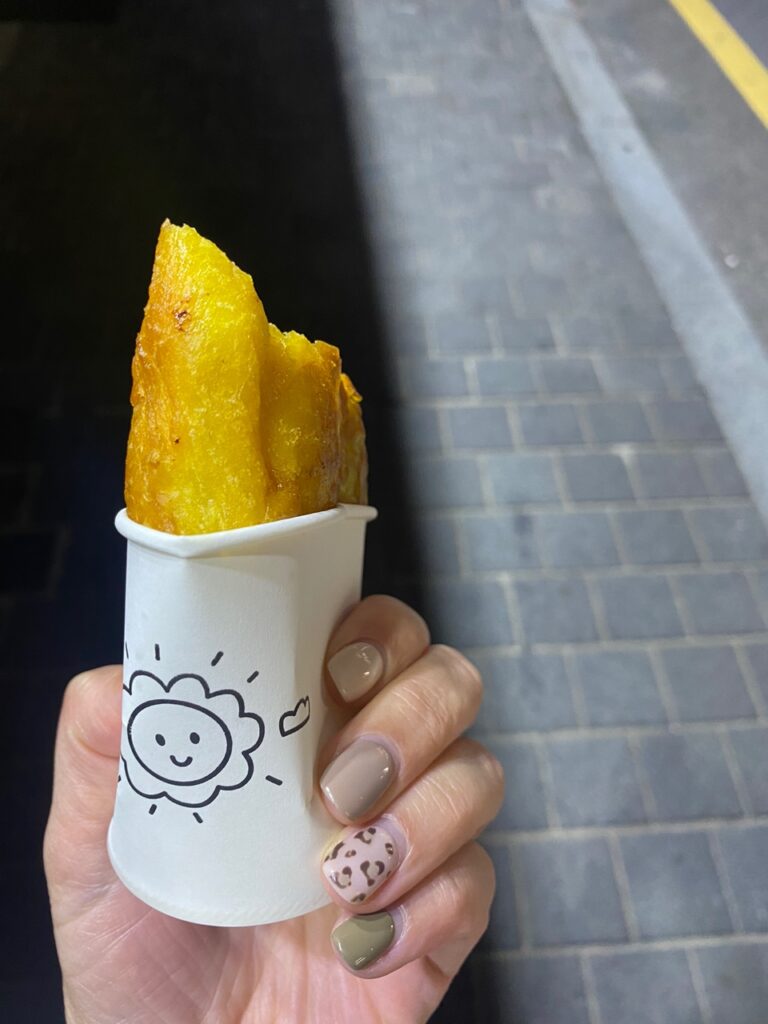
Part four: Alcohol
I’m no drinker and the wrong person to advise on the average bill for a night out. Nevertheless, I fell in love with Magkeolli, which may be purchased at 6,000 – 8,000 KRW (3.50 – 4.70 GBP / 4.50 – 6.00 USD) per 0.75l bottle. (Needless to say, I only need about half of that to get drunk.)
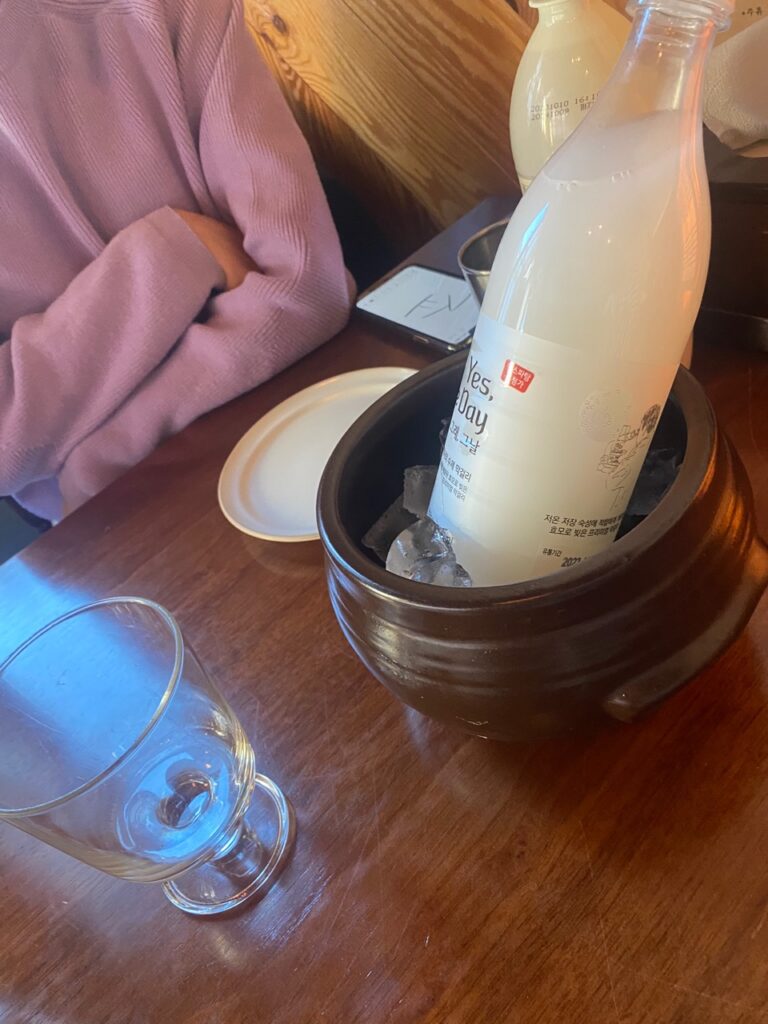
4. Travels:
As incredible as Seoul might be, there are many more places to discover. Websites like Get Your Guide On, Klook, Airbnb, and so on offer different day trip packages to buy in advance. Naturally, I took advantage of this and went on a lovely and well-organised visit to Nami Island, joined a bike tour, booked a river cruise and a hiking trip. This came to a whopping 200 GBP (340,000 KRW / 255 USD) total. In hindsight, never again.
If you’re reading this, you know Seoulshare and the events offered, including free walking and hiking events and seasonal sightseeing options (and much more) designed by locals who love their city for everyone interested in learning more about the culture. In addition, the most intriguing travels were the ones recommended to me as I talked to locals and made friends. Therefore, my advice: leave your day trip planning to the last minute. I scheduled 100 GPB (170,000 KRW / 127 USD) per day, including travel costs and souvenirs, but usually spent a little less than that.
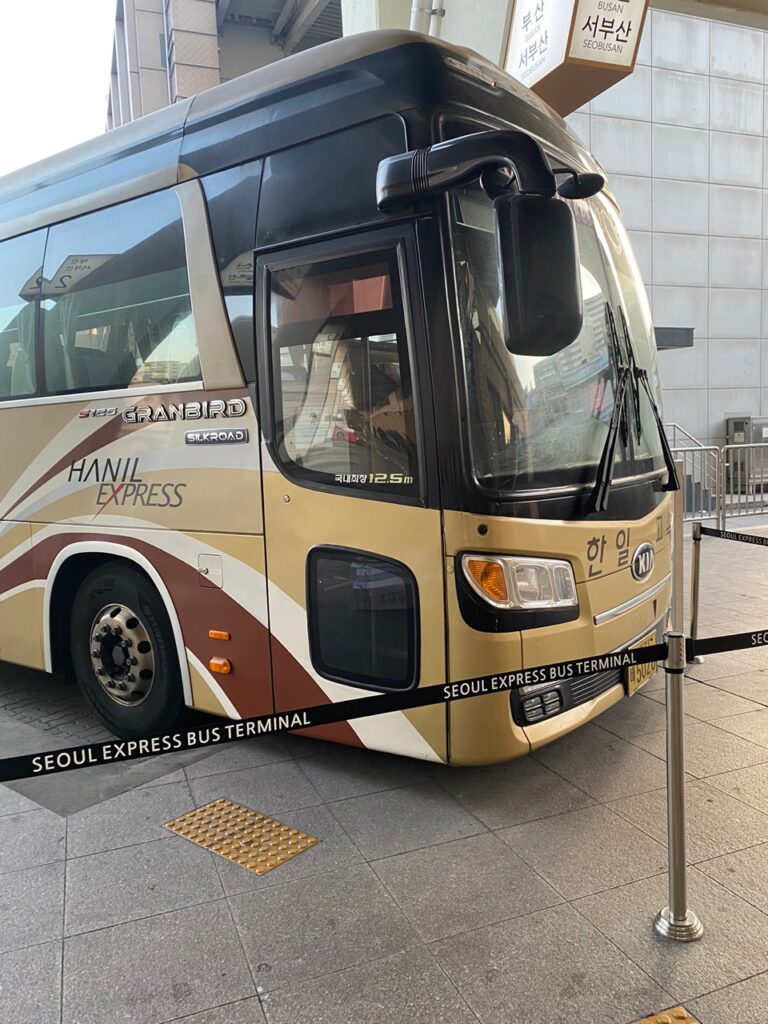
There is no better option than the bus for cross-country travel. Those luxurious vehicles should not be compared to their smelly US and EU counterparts. With luxurious seats and Airplane-style entertainment systems, they serve as part of the whole experience. And they are an absolute bargain. My travels to Busan cost me 44,000 KRW (26 GBP / 33 USD) each way. Tickets may easily be purchased with a foreign credit card at the Express Bus Terminal.
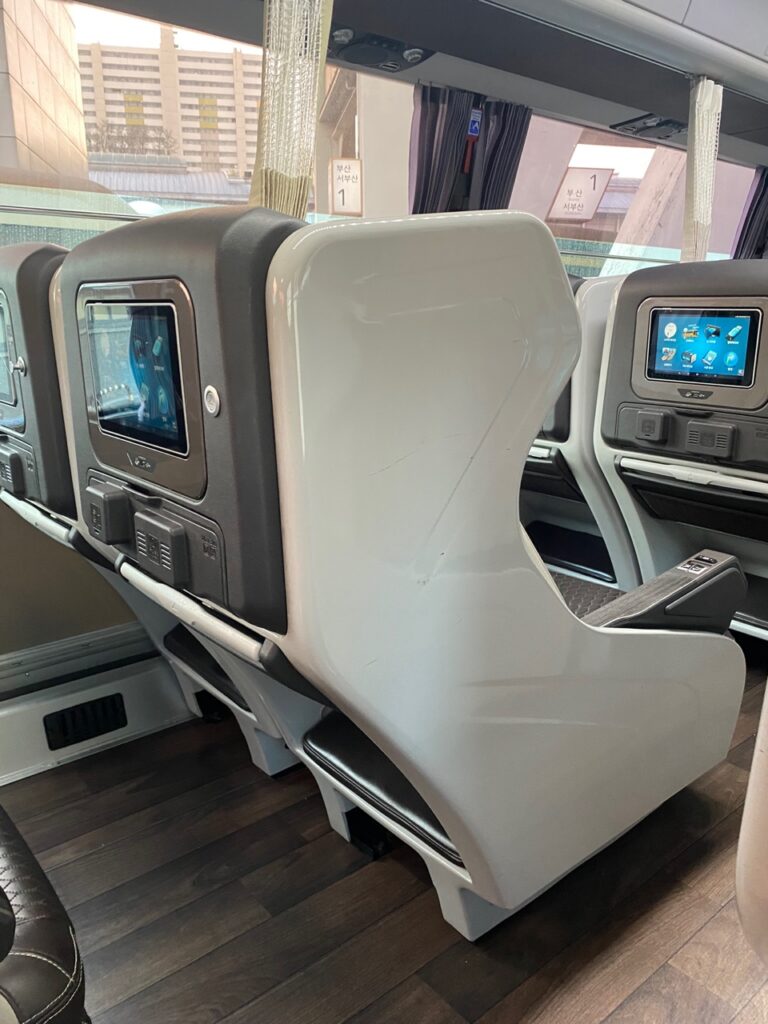
I got a great bargain on a hotel room and only spent 56,000 KRW (33 GBP / 42 USD) per night. On average, a hotel overlooking Haeundae Beach is around 100,000 KRW ( 59 GBP / 75 USD) a night.
5. My list of regrets:
Airport SIM card:
Queuing at the airport after a 13-hour flight to purchase a SIM card is probably no one’s idea of a good time. Worse, it was a waste of time, energy and money. The maximum range available is 60 days and costs around 140,000 KRW (83 GBP / 105 USD). In hindsight, I could have purchased an e-sim from the comfort of my home at about half the price.
Extra luggage:
Too much luggage is not only an inconvenience on travel days. Suitcases and belongings require storage. A comfortable capsule wardrobe will go far and won’t take up too much space. A pair of white trainers and a pair of hiking boots serve just perfectly in most situations. Most Airbnbs offer various household items from towels to bedsheets to ironing boards and hairdryers.
Skincare products, make-up, shampoos and shower gels may as well be left behind. Korea is a skincare haven, and I recommend purchasing these upon arrival.
Not carrying enough cash
ATM withdrawals are 4000 KRW each ( 2.35 GBP / 3.00 USD. Most shops and restaurants accept foreign debit and credit cards, but most markets prefer cash. The T-Money card also needs to be topped up with notes.
Everyone is working with a different budget and has different preferences. Nevertheless, I hope the above will offer a realistic idea for budgeting a lengthy period in the city.
Currency exchange rates fluctuate. The above is based on the currency exchange rate as of 2024.01.27.
My most noteworthy expenses belong into the category »beauty treatments and products«. If you are keen to hear about my experience with booking and attending treatments in the city, please let me know in the comments.



